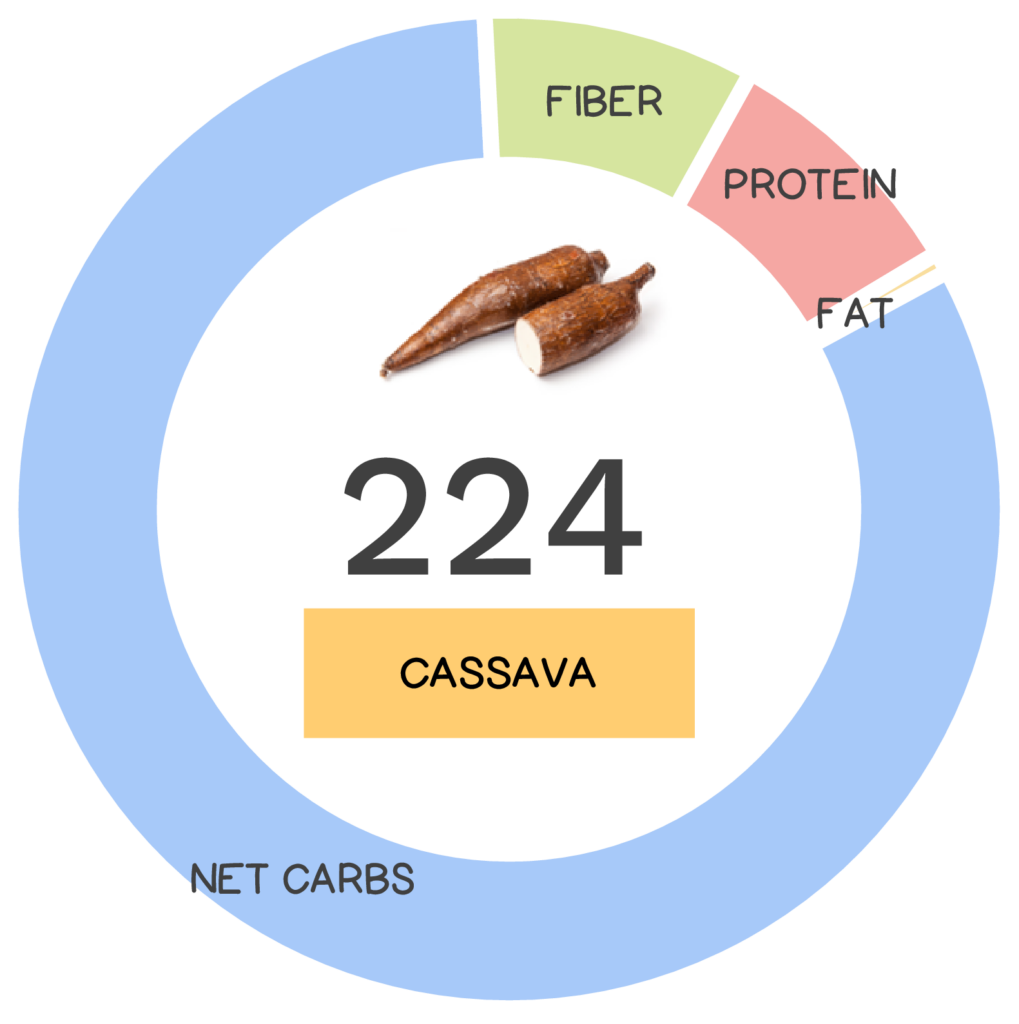
Cassava (also called yucca or manioc depending on the area of the world in which it is being grown) is a starchy root cultivated throughout the tropics and used for a number of purposes—including making cassava flour (which uses the entire root), tapioca starch, ethanol biofuel, laundry products and even numerous alcoholic beverages!
Cassava is also known as yucca and manioc, depending on the area of the world in which it is being grown.
Cassava (Manihot esculenta) is native to South America. It’s believed to have first been cultivated in Central America by the Maya, though it was likely consumed long before then; in fact, cassava pollen has been found at archaeological sites in the Gulf of Mexico dating back to 4600 BC. Today, it serves as an incredibly important source of carbohydrates in the tropics, where it’s the third most consumed starchy crop, right behind rice and corn. In part because it’s one of the most drought-resistant crops in the world (it’s capable of growing in even depleted and marginal soils), and because it is a perennial that can be harvested as required, it’s a staple of diets all over the world! In fact, worldwide, 800 million people depend on cassava as their primary food staple! The importance of this root veggie is apparent in the language of many cultures where it is sometimes described as the “bread of the tropics” and in Ewe (a language spoken in Ghana) the name for the plant, ‘agbeli’, means “there is life”.
Cassava is one of the most drought-resistant crops in the world (it’s capable of growing in even depleted and marginal soils).
Importantly, cassava requires careful preparation in order to be consumed; it contains enough cyanide to cause a number of health problems and even death. However, there’s no need to worry – cassava flour is free of cyanide and the sweet cassava that is available as an imported vegetable in Western countries has only about a tenth of the cyanogenic glycosides of bitter cassava, which makes it pretty low on the cyanide scale to start with. The boiling process in most recipes removes this antinutrient so it is totally safe for consumption!
The 3 Simplest Ways to Eat a Healthy Diet

Essential Eating Patterns for Lifelong Health
Learn the three science-backed eating patterns that support lifelong health, regardless of what diet you follow.
In this webinar, Dr. Sarah guides you to adopt these impactful eating patterns, embrace a permissive dietary structure, incorporate quality-of-life foods, and make small changes that collectively add up to make a substantial difference in your overall health.
Buy now for instant digital access.
Nutrivore Score for Cassava – 224
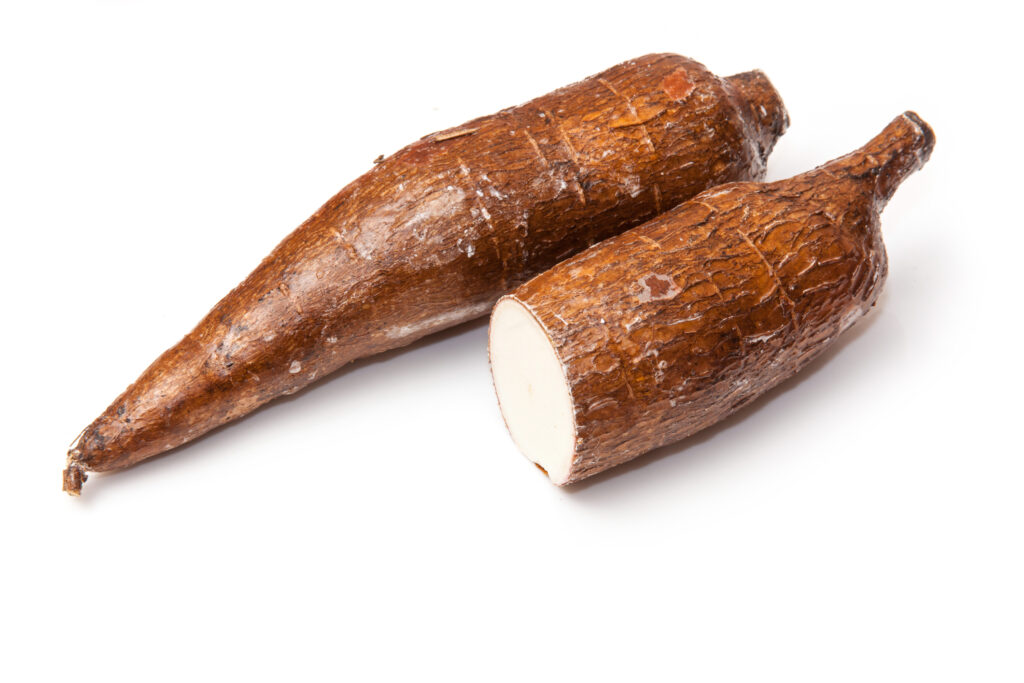
Cassava has a Nutrivore Score of 224, making it a medium nutrient-dense food!
Per serving, cassava is a best source (>50% daily value) of polyphenols and vitamin C; an excellent source (20-50% daily value) of calcium, copper, dietary fiber, manganese, phosphorus, and vitamin B1 (thiamin); and a good source (10-20% daily value) of iron, magnesium, potassium, protein, vitamin B2 (riboflavin), vitamin B3 (niacin), vitamin B6 (pyridoxine), and vitamin B9 (folate).
Ditch Diets. Embrace Nutrients. Start with this FREE Guide.
Sign up for the free Nutrivore Newsletter, your weekly, science-backed guide to improving health through nutrient-rich foods — without dieting harder —and get the Beginner’s Guide to Nutrivore delivered straight to your inbox!

Cassava Nutrition Facts
One serving of cassava is standardized to 1 cup or about 206 grams (7.3 ounces). A typical cassava root weighs 408 grams which means: one cassava root is roughly equivalent to 2 servings of cassava.
Cassava Nutrition Facts Per Serving
| Cassava raw | Nutrivore Score: 224 | Nutrient Density: Medium! |
|---|---|---|
| Serving Size: 1 cup (206 grams) | Protein: 7.2 grams | Net Carbohydrates: 70.8 grams |
| Calories: 330 | Total Fat: 0.6 grams | Dietary Fiber: 7.6 grams |

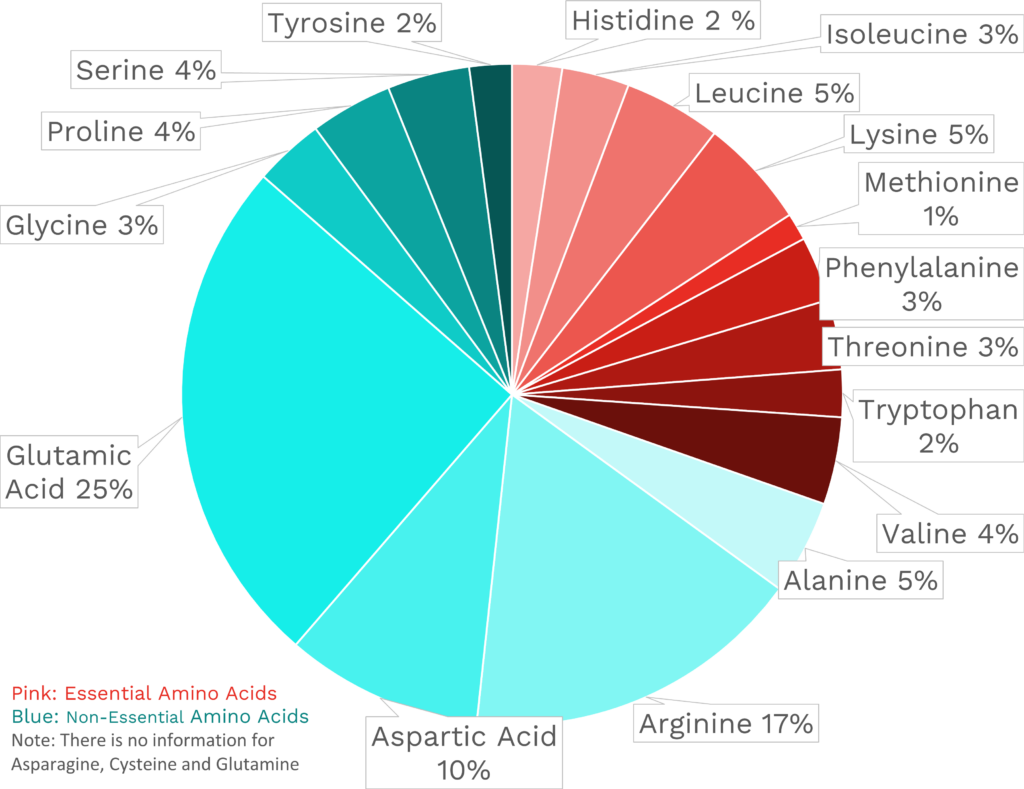
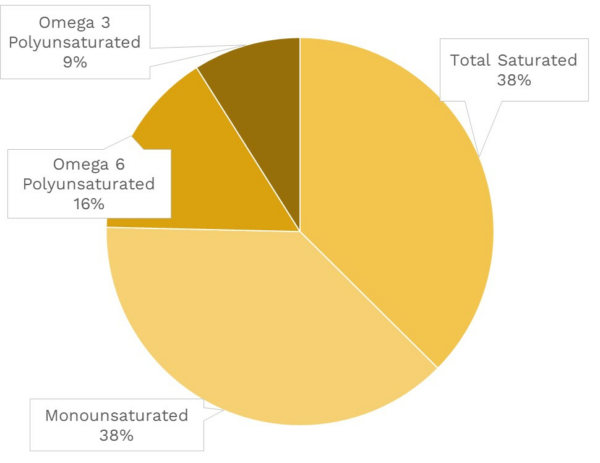
| VITAMINS | ||
|---|---|---|
| Vitamin A | 72.1 μg RAE | 8% DV |
| Vitamin B1 (Thiamin) | 576.8 μg | 48% DV |
| Vitamin B2 (Riboflavin) | 123.6 μg | 10% DV |
| Vitamin B3 (Niacin) | 2.2 mg | 14% DV |
| Vitamin B5 (Pantothenic Acid) | 0.2 mg | 4% DV |
| Vitamin B6 (Pyridoxine) | 181.3 μg | 11% DV |
| Vitamin B7 (Biotin) | ~ | ~ |
| Vitamin B9 (Folate) | 55.6 μg | 14% DV |
| Vitamin B12 (Cobalamin) | 0.0 μg | 0% DV |
| Vitamin C | 103.0 mg | 114% DV |
| Vitamin D (D2 + D3) | 0.0 μg | 0% DV |
| Vitamin E | 0.4 mg | 3% DV |
| Vitamin K | 3.9 μg | 3% DV |
| Choline | 48.8 mg | 9% DV |
| Myo-Inositol | ~ | ~ |
| CoQ10 | ~ | ~ |
| FUNCTIONAL FATS | ||
|---|---|---|
| MUFA | 0.2 g | 1% DV |
| ALA | 35.0 mg | 2% DV |
| EPA + DHA | 0.0 mg | 0% DV |
| CLA | ~ | ~ |
| Linoleic Acid | 0.1 g | 0% DV |
| MCT’s | 0.0 g | ~ |
| MINERALS | ||
|---|---|---|
| Calcium | 362.6 mg | 28% DV |
| Copper | 288.4 μg | 32% DV |
| Iodine | ~ | ~ |
| Iron | 2.1 mg | 11% DV |
| Magnesium | 61.8 mg | 15% DV |
| Manganese | 791.0 μg | 34% DV |
| Phosphorus | 313.1 mg | 25% DV |
| Potassium | 811.6 mg | 17% DV |
| Selenium | 1.4 μg | 3% DV |
| Sodium | 28.8 mg | 1% DV |
| Zinc | 1.0 mg | 9% DV |
| PHYTONUTRIENTS | ||
|---|---|---|
| Carotenoids | 16.5 μg | ~ |
| Polyphenols | 2241.3 mg | ~ |
| Phytosterols | ~ | ~ |
| Glucosinolates | ~ | ~ |
| Thiosulfinates | ~ | ~ |
| Betalains | ~ | ~ |
| AMINO ACIDS & PEPTIDES | ||
|---|---|---|
| Taurine | ~ | ~ |
| Ergothioneine | ~ | ~ |
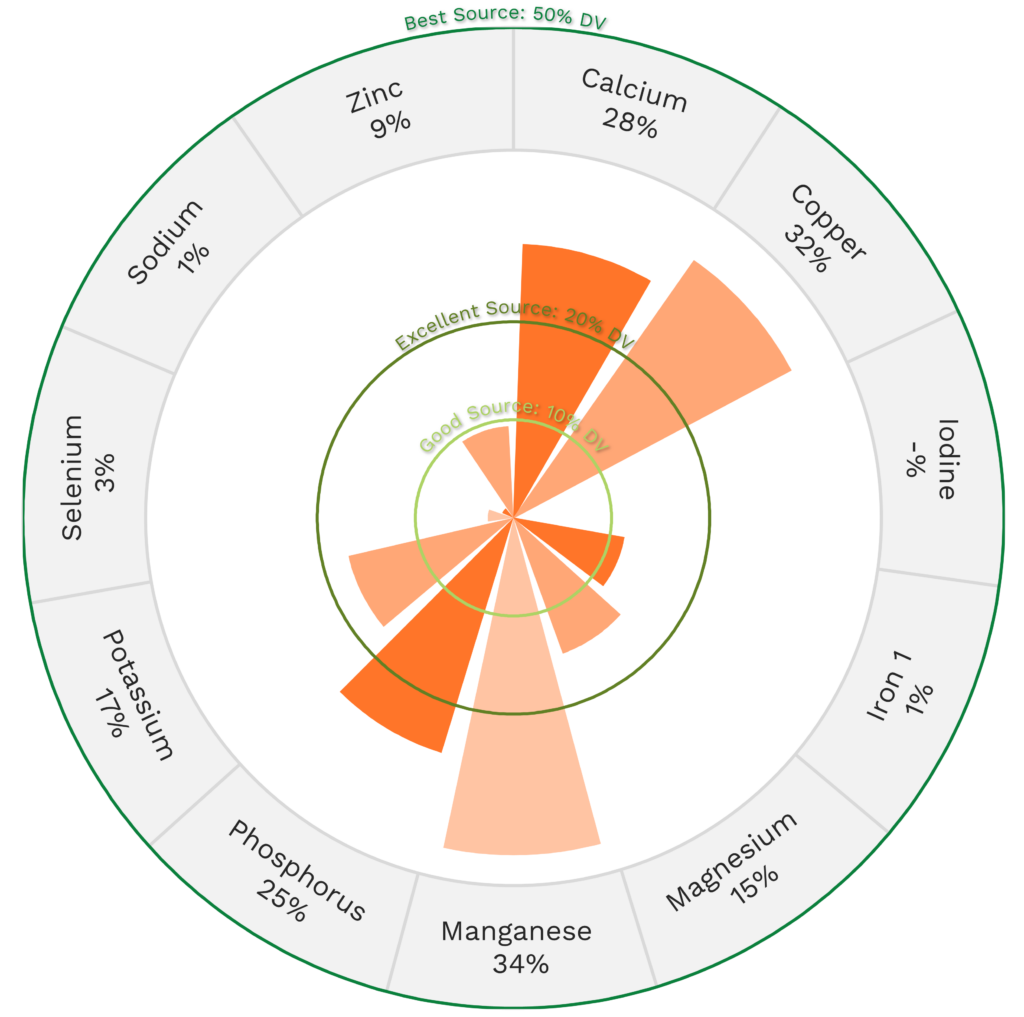
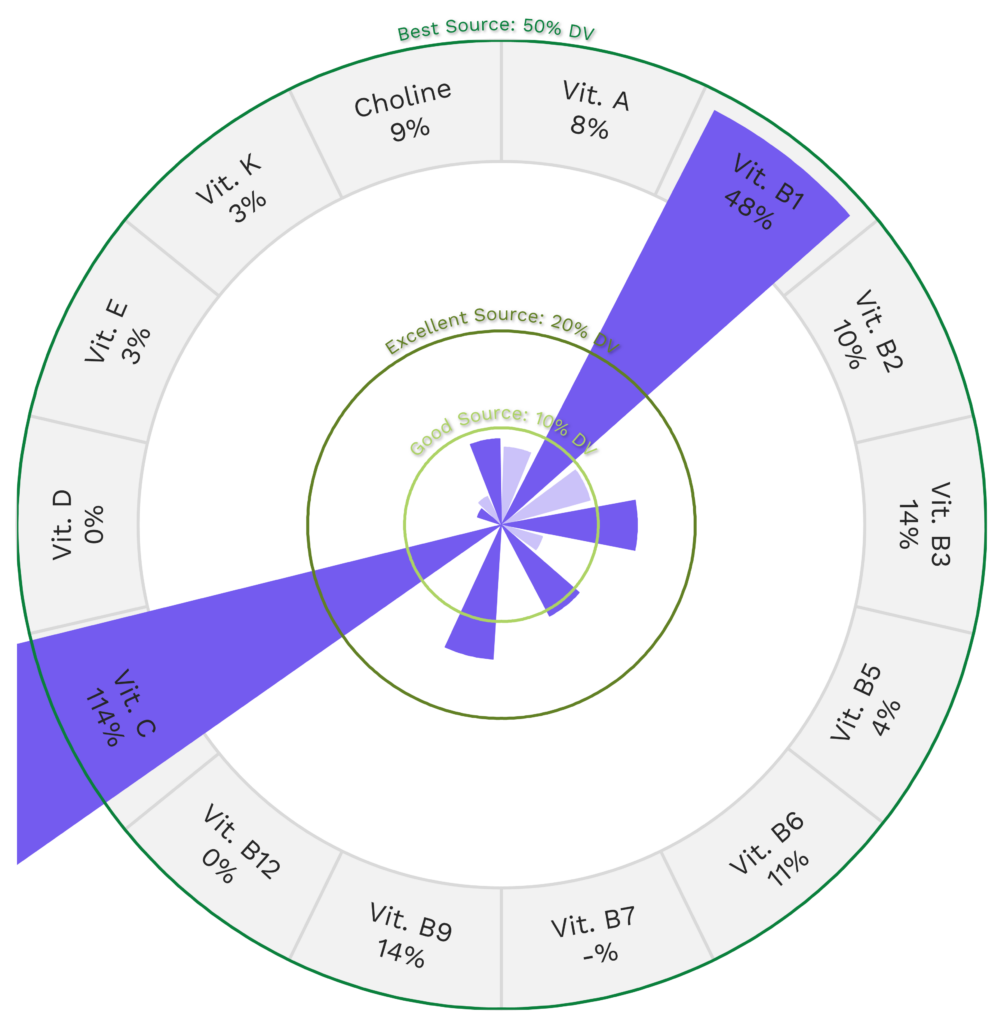

Cassava Nutrition Varies With Processing
Cassava can be used in a number of ways. For instance, cassava flour is a popular gluten-free flour alternative. Since cassava flour is made from the entire root, which has been dried and ground, it contains all the same nutrients as cassava root.
| NUTRIVORE SCORE | |
|---|---|
| Cassava, flour | 224 |
| Cassava, raw | 224 |
Does all this nutrition have you “rooting” for cassava? Maybe your friends will want to “dig” in too!
Health Benefits of Cassava Nutrients
Let’s take a closer look at all of the best and excellent source of nutrients found in a 1-cup serving of cassava and see how they benefit our health.
Cassava Provides 2241.3 mg of Polyphenols
Cassava is a best source of polyphenols, providing 2241.3 mg of polyphenols per 1-cup serving!

Polyphenols play a huge role in protecting against cancer, heart disease, diabetes, asthma, osteoporosis, neurodegenerative diseases, and other conditions associated with oxidative stress. In fact, a major reason foods like red wine and olive oil (as well as diets rich in both, such as the Mediterranean diet) show up as so beneficial may be due to their high polyphenol content! Along with chronic diseases, supplementing with polyphenols has been shown to protect against infections and reduce the signs of aging. Polyphenols exert their most potent effects by acting as antioxidants—preventing cellular damage by neutralizing hazardous oxygen radicals and improving cellular health as a result (which, in turn, benefits virtually every system in the body). As a result of their antioxidant properties, polyphenols also boost the immune system and protect against both chronic and acute diseases. In addition, polyphenols can help regulate enzyme function, stimulate cell receptors, modulate the functions of inflammatory cells (including T and B lymphocytes, macrophages, platelets, and natural killer cells), alter adhesion molecule expression, affect nerve cells and cardiac muscle cells, and exert antiviral effects. Learn more about polyphenols here.
Cassava Provides 114% DV Vitamin C
Cassava is also a fantastic source of vitamin C, providing 114% of the daily value per 1-cup serving!
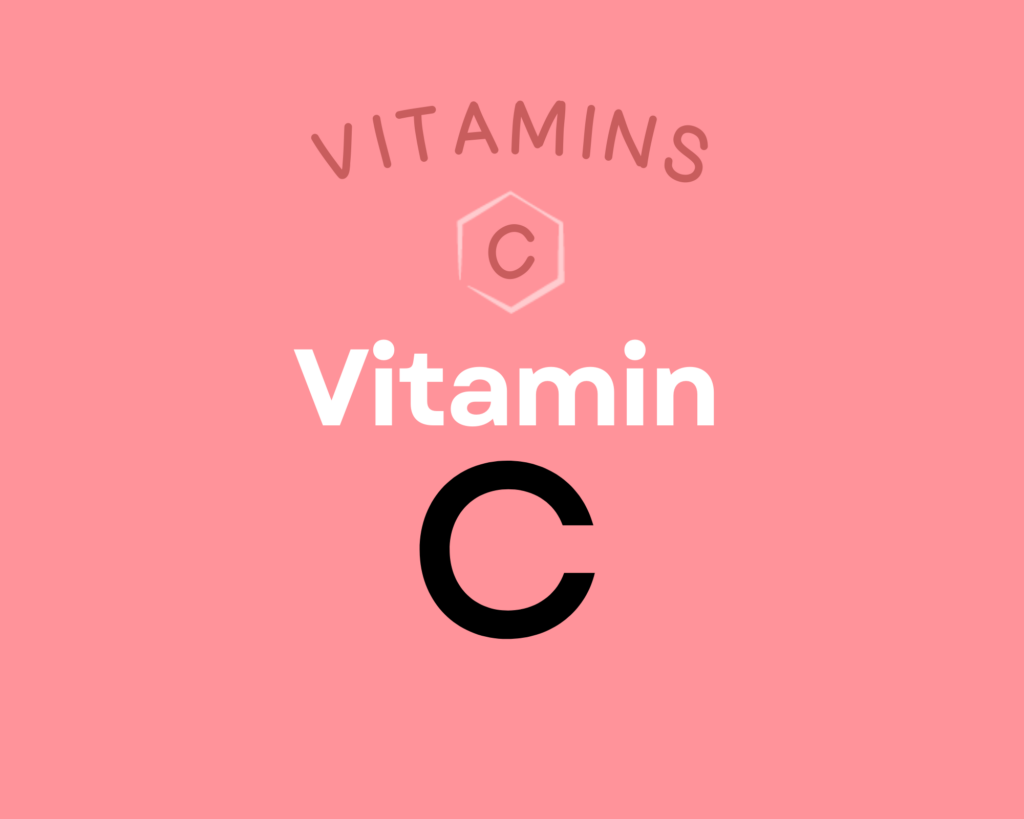
Vitamin C is a water-soluble vitamin that has powerful antioxidant properties (meaning it can help combat oxidative damage from free radicals and reactive oxygen species) and that serves as an enzyme cofactor (meaning it’s needed for enzymes to do their job, for example vitamin C is necessary for collagen synthesis, which is essential for bones, joints, teeth, blood vessels, skin and eyes) and playing important roles in immune system and skin health. Higher intakes of vitamin C are linked to reduced risk of heart disease, some forms of cancer, type 2 diabetes, cataracts, age-related macular degeneration, and gout. Vitamin C can also help regulate the stress response and reduce anxiety, and there’s preliminary evidence that it may also help prevent Alzheimer’s disease. Learn more about vitamin C here.
Cassava Provides 48% DV Vitamin B1 (Thiamin)
Cassava is an excellent source of vitamin B1 (thiamin), providing 48% of the daily value per 1-cup serving!
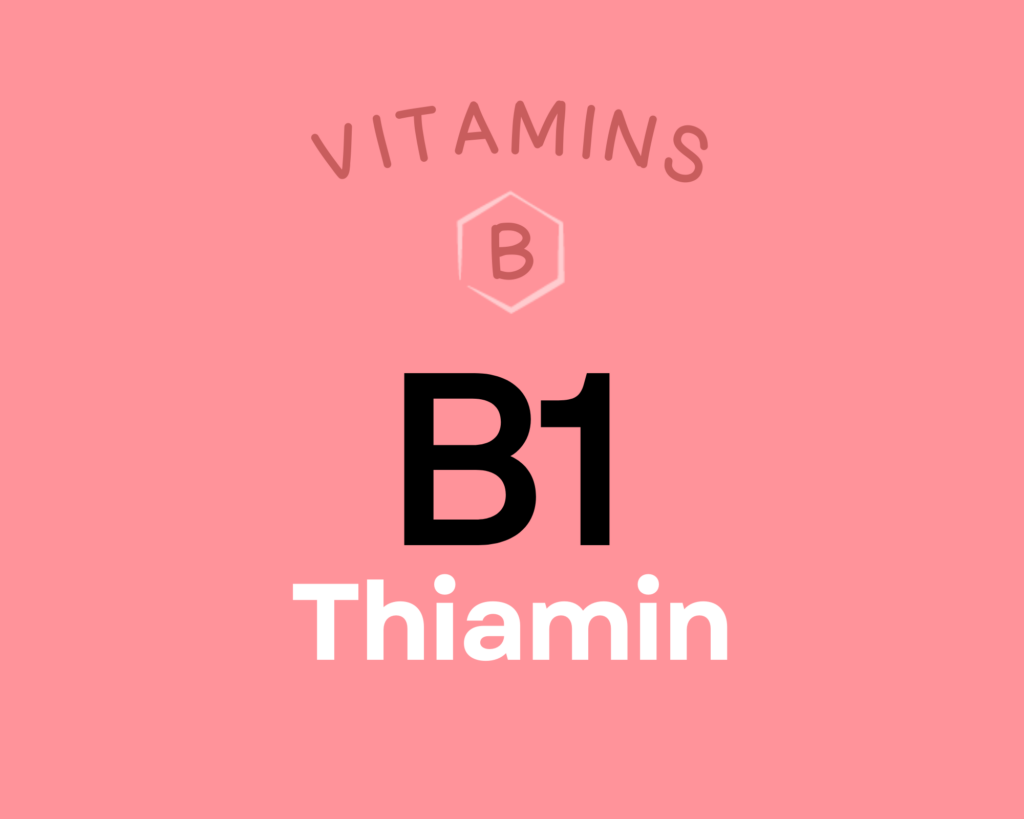
Thiamin (sometimes spelled thiamine, and also called vitamin B1) is a water-soluble vitamin. In its active form of thiamin pyrophosphate, it serves as a cofactor for a variety of enzymes involved in carbohydrate and amino acid metabolism, RNA and DNA production, and generating energy for the Krebs cycle. Research suggests vitamin B1 could help prevent blood sugar and insulin increases in people with disordered glucose metabolism, reduce the risk of cataracts, and improve health and mortality outcomes in patients with sepsis. Because aggressive tumors have high thiamin demands, it’s uncertain whether supplementing with thiamin while having cancer is beneficial due to preventing deficiency, or harmful due to providing more fuel for tumor growth. Insufficient thiamin may increase the risk of Alzheimer’s disease, and when chronic, leads to a deficiency disease called beriberi. Learn more about vitamin B1 here.
Cassava Provides 34% DV Manganese
Cassava is also an excellent source of manganese, providing 34% of the daily value per 1-cup serving!
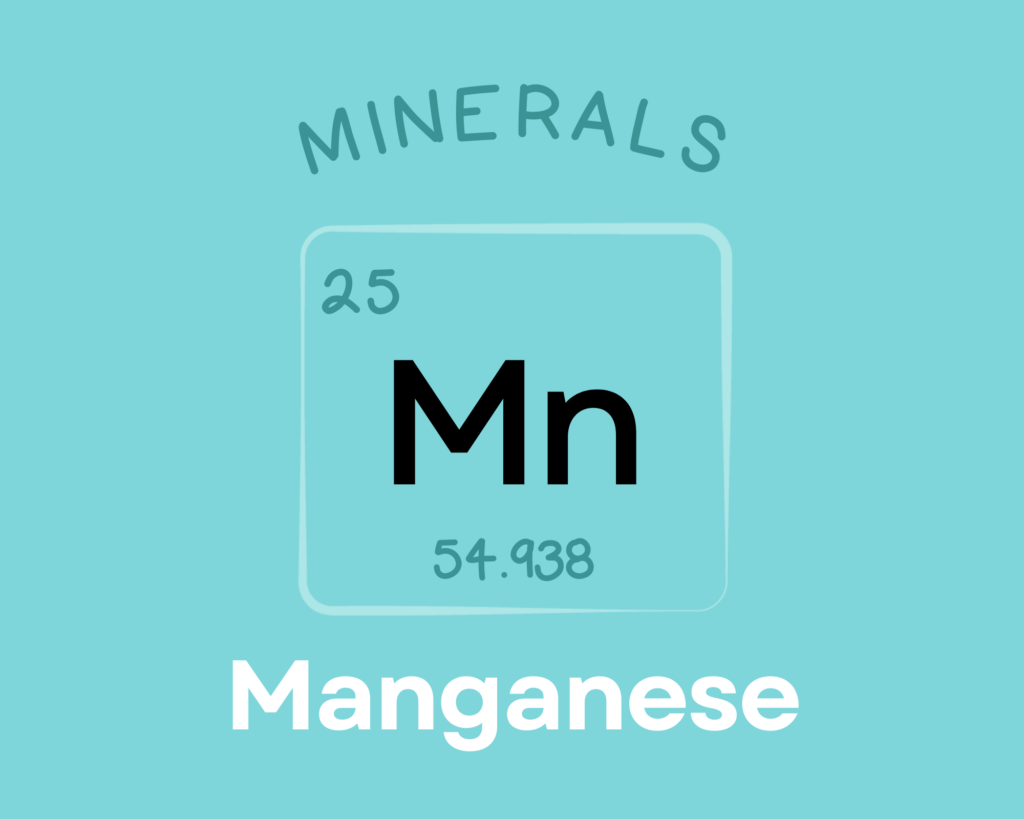
Manganese is an essential mineral that serves as a cofactor and component of numerous enzymes. Through these roles, it’s involved in carbohydrate metabolism, amino acid synthesis, gluconeogenesis, detoxification, lipid processing, free radical defense, bone and collagen formation, and wound healing. Although the research so far is limited, some evidence suggests that manganese can protect against osteoporosis and diabetes, and may even be involved in seizure disorders. Learn more about manganese here.
Cassava Provides 32% DV Copper
Cassava is an excellent source of copper, providing 32% of the daily value per 1-cup serving!
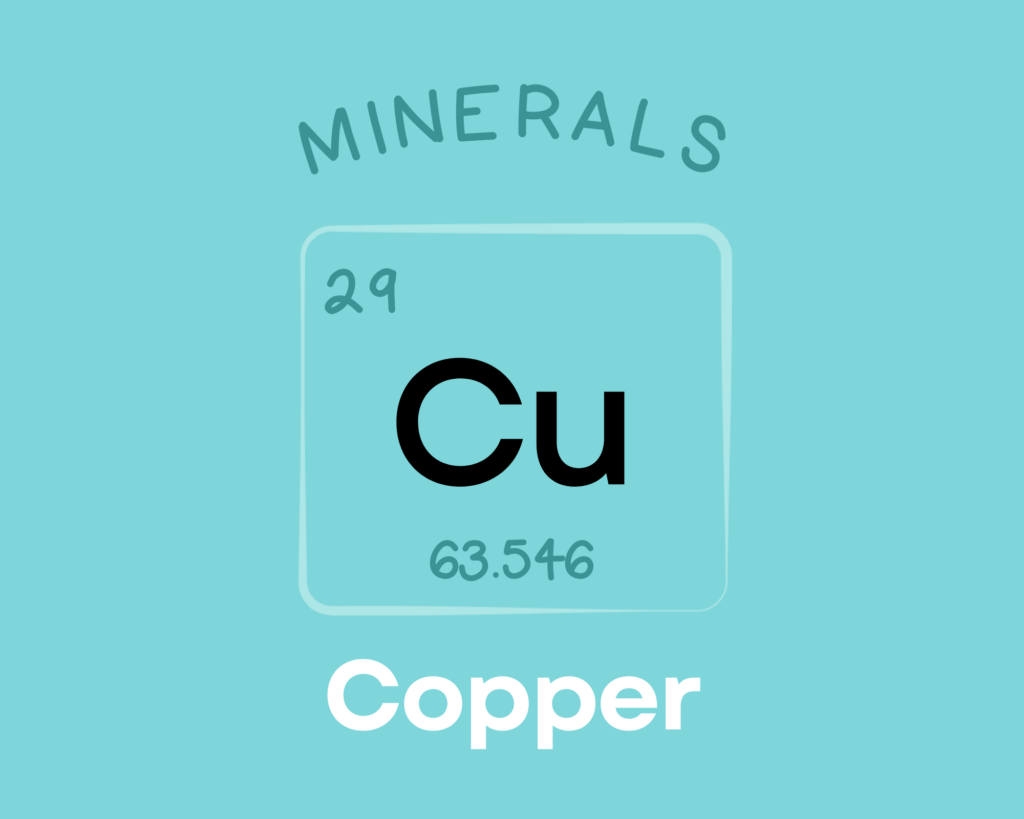
Copper is a trace mineral that’s essential for all living organisms. Copper serves as a component of numerous enzymes and proteins in the body, giving it diverse roles in the growth, development, and maintenance of various organs (including the heart and brain), bone, and connective tissue. Copper is also involved in glucose and cholesterol metabolism, helps regulate gene expression, can scavenge free radicals, and is needed for the production of red blood cells. Learn more about copper here.
Cassava Provides 28% DV Calcium
Cassava is an excellent source of calcium, providing 28% of the daily value per 1-cup serving!
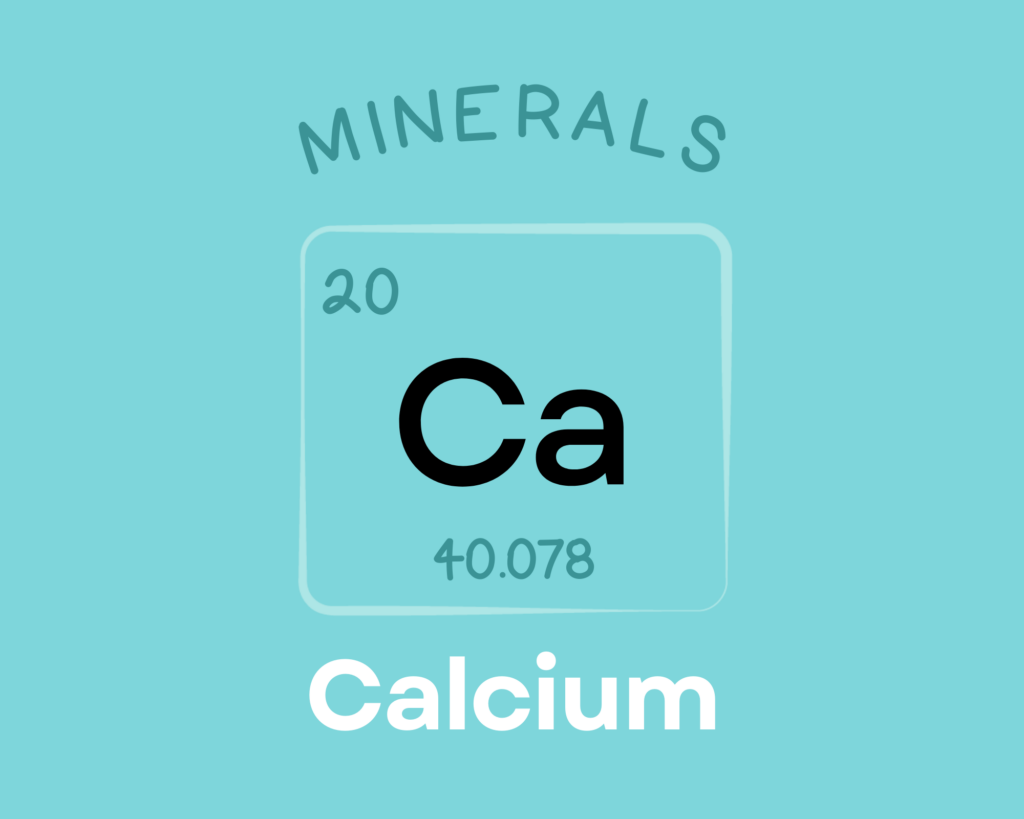
Calcium is a major structural component of bones and teeth, and also serves as an electrolyte—a type of electricity-conducting mineral needed for regulating nerve impulses, muscle contraction (including the heartbeat), blood pH, and fluid balance. Getting enough calcium helps protect against osteoporosis and bone fractures, while also potentially reducing the risk of colorectal cancer, pregnancy-related high blood pressure, and kidney stones. It may even help improve PMS symptoms and assist in body weight regulation! Learn more about calcium here.
Cassava Provides 7.6 g of Fiber
Cassava is an excellent source of dietary fiber, providing 7.6 g of fiber per 1-cup serving!
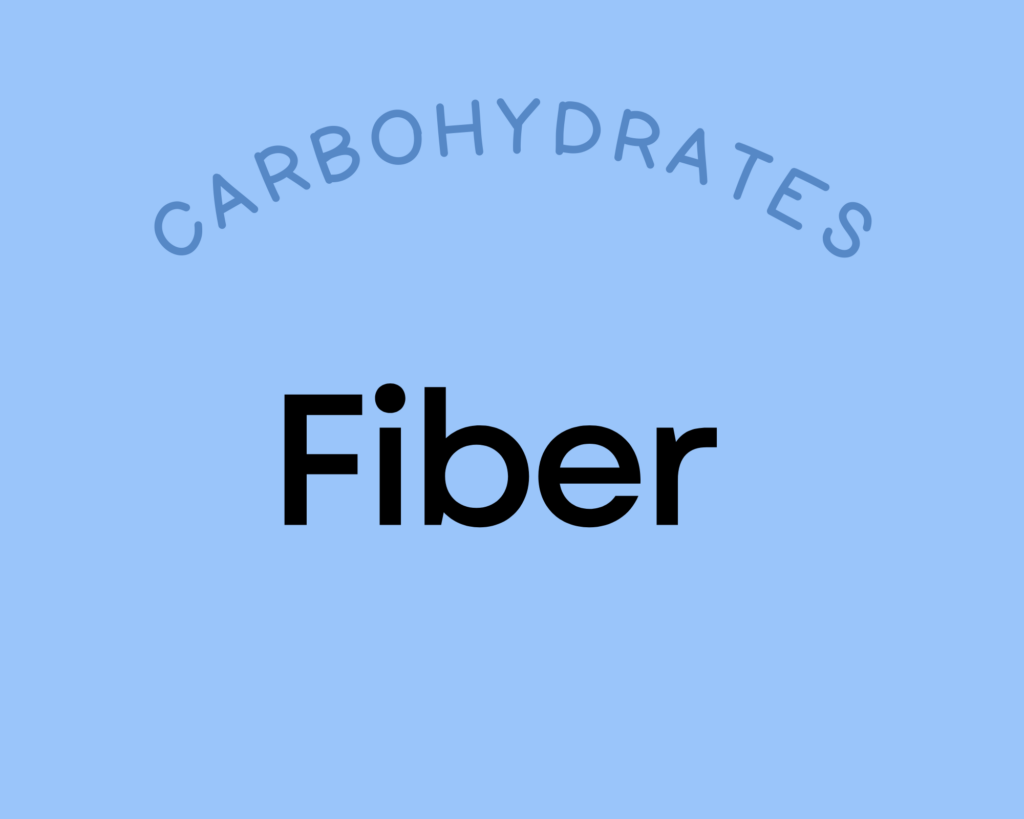
Fiber serves as substrate for the trillions of microbes that inhabit our digestive tracts, collectively referred to as the gut microbiome. Through their metabolism of fiber, these resident microbes benefit us in a whole host of ways, including aiding digestion, vitamin production, detoxification, regulation of cholesterol metabolism, providing resistance to pathogens, immune regulation, neurotransmitter regulation, regulation of gene expression, and more! In fact, every human cell is impacted by the activities of our gut microbes. A healthy gut microbial community is essential for our health. And, the converse is also true: An aberrant gut microbiome has been linked to conditions as wide-ranging as cancer, obesity, diabetes, cardiovascular disease, anxiety, depression, neurodegenerative diseases, autism, autoimmune disease, ulcers, IBD, liver disease, gout, PCOS, osteoporosis, systemic infections, allergies, asthma, and more!
Fiber has other benefits, like regulating peristalsis of the intestines (the rhythmic motion of muscles around the intestines that pushes food through the digestive tract), stimulating the release of the suppression of the hunger hormone ghrelin (so we feel more full), and slowing the absorption of simple sugars into the bloodstream to regulate blood sugar levels and avoid the excess production of insulin. Fiber also binds to various substances in the digestive tract (like hormones, bile salts, cholesterol, and toxins) and, depending on the type of fiber, can facilitate either elimination or reabsorption (for the purpose of recycling, which is an important normal function for many substances like bile salts and cholesterol), both of which can be extremely beneficial—if not essential—for human health.
The recommended dietary intake for fiber is 14 grams per 1000 kcal, which translates to 28 grams of fiber, if you eat a 2,000 calorie per day diet. However, there are many studies showing greater benefits from even higher levels of intake. Lear more about fiber here.
Cassava Provides 25% DV Phosphorus
Cassava is an excellent source of phosphorus, providing 25% of the daily value per 1-cup serving!
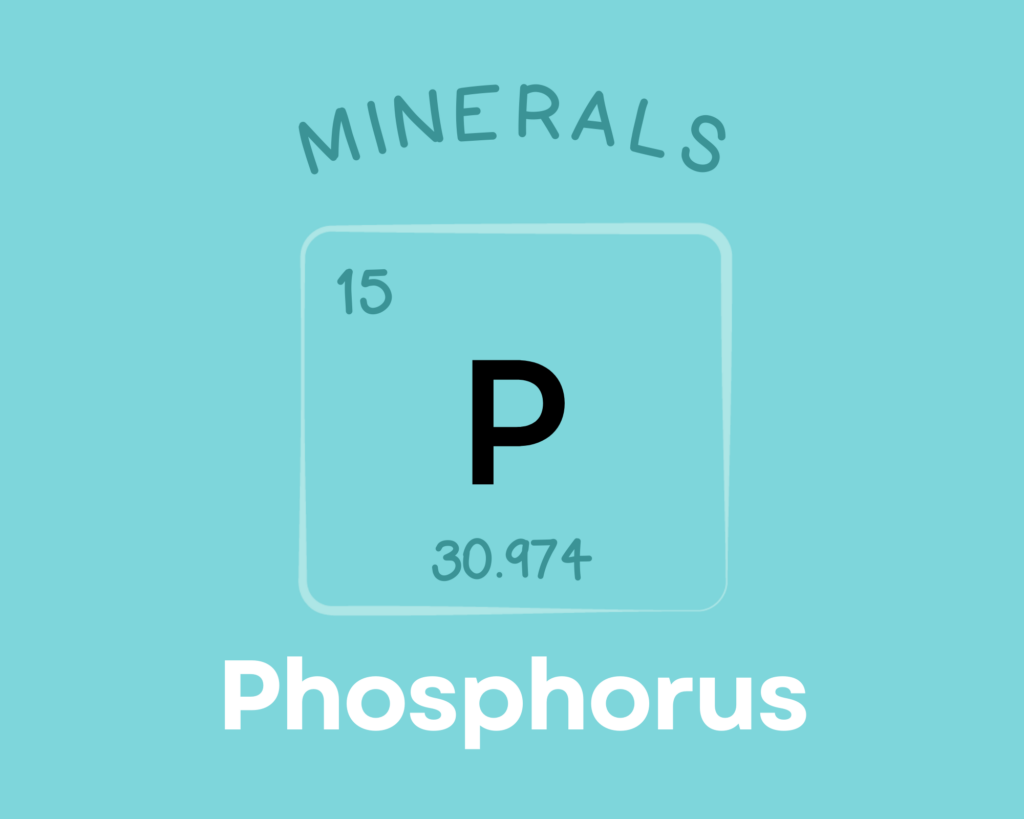
Phosphorus is an essential mineral that makes up about 1% of the total weight of the human body. Along with serving an important structural role for building nucleic acids and cell membranes, phosphorus is involved in numerous biological processes—including acid-base regulation, energy production, cell signaling, and bone mineralization. Excess phosphorus has been linked to a higher risk of cardiovascular disease, fractures, and osteoporosis, especially in the context of a low-calcium diet. Learn more about phosphorus here.
Want to know the top 500 most nutrient-dense foods?
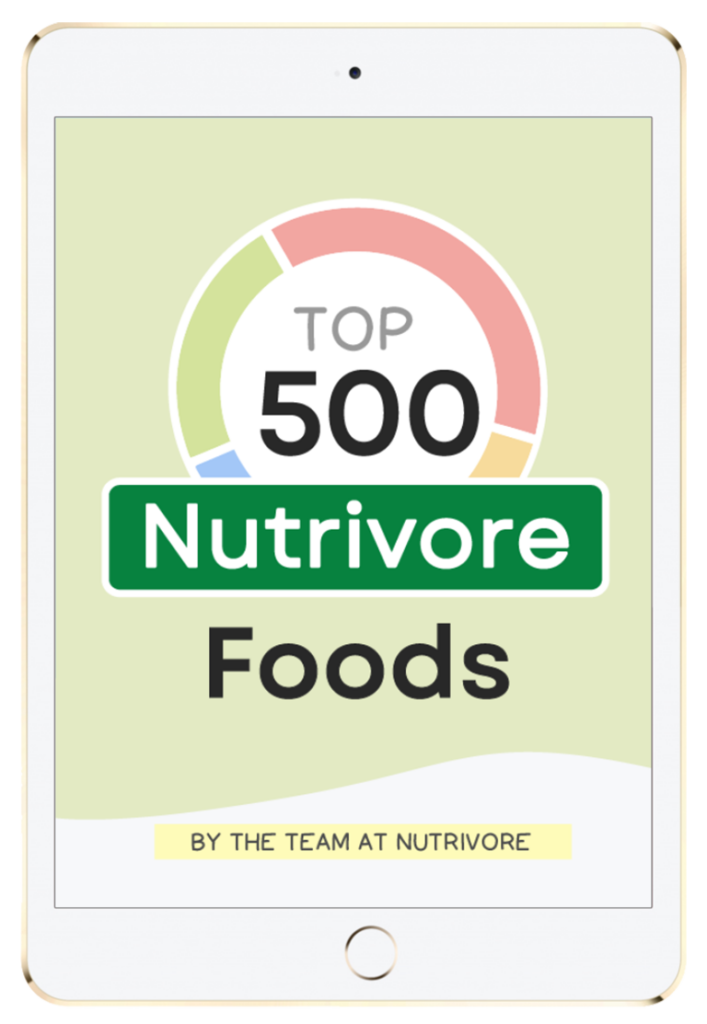
Top 500 Nutrivore Foods
The Top 500 Nutrivore Foods e-book is an amazing reference deck of the top 500 most nutrient-dense foods according to their Nutrivore Score. Think of it as the go-to resource for a super-nerd, to learn more and better understand which foods stand out, and why!
If you are looking for a quick-reference guide to help enhance your diet with nutrients, and dive into the details of your favorite foods, this book is your one-stop-shop!
Buy now for instant digital access.
How Much Cassava Should We Eat Per Day?
When it comes to nutrient-dense carbs, root veggies are hard to beat!
Every serving of fresh, whole vegetables or fruit we eat daily reduces the risk of all-cause mortality by 5% to 8%, with the greatest risk reduction seen when we consume five or more servings per day. In fact, consuming 800 grams of vegetables and fruits daily reduces all-cause mortality by 31% compared to eating less than 40 grams daily. A 2017 meta-analysis showed that 2.24 million deaths from cardiovascular disease, 660,000 deaths from cancer, and 7.8 million deaths from all causes could be avoided globally each year if everyone consumed 800 grams of veggies and fruits every day.
Eating vegetables and fruit in abundance lowers risk of cancer, cardiovascular disease, type 2 diabetes, obesity, chronic kidney disease, osteoporosis and bone fragility fractures (including hip fracture), cognitive impairment and dementia (including Alzheimer’s disease), neurodegenerative diseases, asthma, allergies, chronic obstructive pulmonary disease, age-related macular degeneration, cataracts, glaucoma, depression, ulcerative colitis and Crohn’s disease, rheumatoid arthritis, inflammatory polyarthritis, non-alcoholic fatty liver disease, acne, seborrheic dermatitis, and lowers markers of inflammation. Learn more in Importance of Vegetables and Fruit.
Covering half of your plate with a variety of vegetables (and three quarters of your plate if your starchy food is a root vegetable or winter squash) at each meal is a simple way to easily achieve the goal of 5 or more servings of vegetables daily.
Studies show that, for every 100 grams per day increase in root vegetable intake, there was a 24% reduced risk of all-cause mortality!
It’s always best to mix up the veggies you eat day to day (aiming for a wide variety of different vegetables and fruits throughout the week), and cassava definitely has a place at the table.
Easily track your servings of Nutrivore Foundational Foods!

The Nutrivore Weekly Serving Matrix
The Nutrivore Weekly Serving Matrix digital resource is an easy-to-use and flexible weekly checklist designed to help you maximize nutrient-density and meet serving suggestions of Nutrivore foundational foods, all without having to weigh or measure your foods!
Includes a 22-page instructional guide and downloadable interactive guides.
Buy now for instant digital access.
cITATIONS
Expand to see all scientific references for this article.
Bradbury JH, Holloway WD. Chemistry of Tropical Root Crops: Significance for Nutrition and Agriculture in the Pacific. Monographs, Australian Centre for International Agricultural Research (ACIAR). 1988. DOI: 10.22004/ag.econ.118050.
Omar NF, Hassan SA, Yusoff UK, Abdullah NA, Wahab PE, Sinniah U. Phenolics, flavonoids, antioxidant activity and cyanogenic glycosides of organic and mineral-base fertilized cassava tubers. Molecules. 2012 Feb 27;17(3):2378-87. doi: 10.3390/molecules17032378. PMID: 22370524; PMCID: PMC6268411.
Tsige TZ, Basa B, Herago T. Medicinal, Nutritional and Anti-Nutritional Properties of Cassava (Manihot esculenta): A Review. Academic Journal of Nutrition. 2019. 8(3): 34-46. doi. 10.5829/idosi.ajn.2019.34.46
USDA Food Central Database: Cassava, raw


